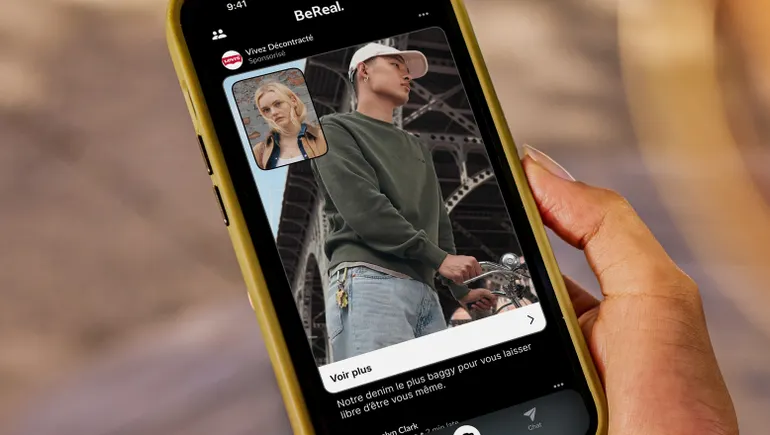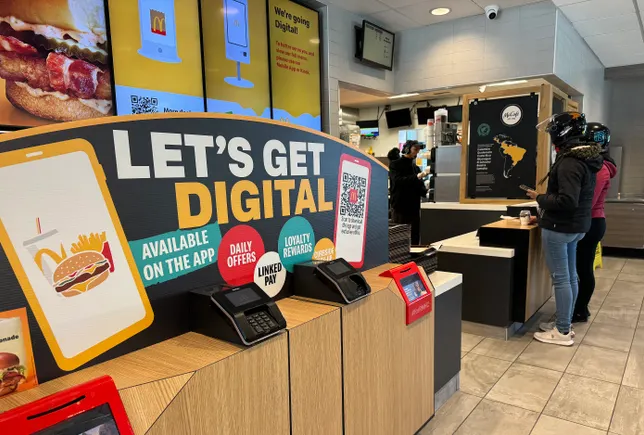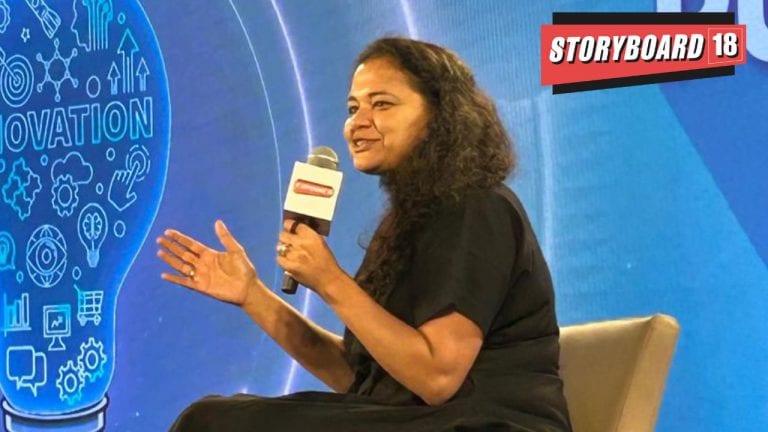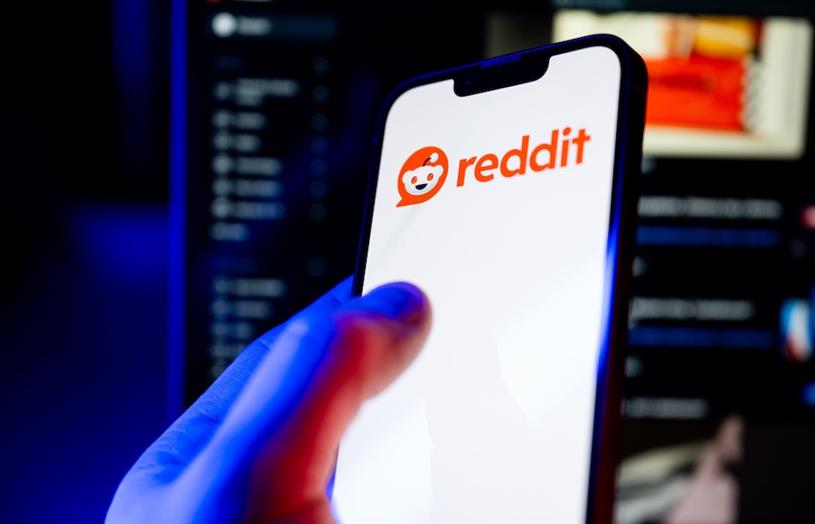Understanding LinkedIn’s Evolving Marketing Landscape
As digital platforms continue to evolve, LinkedIn has emerged as a powerful tool for marketers aiming to reach professional audiences. With over 900 million users worldwide, the platform offers a unique environment for B2B marketing, personal branding, and talent acquisition. Whether you’re a seasoned marketer or new to the network, understanding LinkedIn’s features and updates is crucial to building an effective strategy in 2024.
Why LinkedIn Matters for Marketers
LinkedIn is not just a job search platform; it’s also a marketing powerhouse. It allows businesses to connect with decision-makers, build thought leadership, and drive lead generation. According to recent studies, 80% of B2B leads from social media come from LinkedIn, making it an essential channel in any digital marketing plan.
Its professional tone and business-focused user base make it ideal for content marketing, industry discussions, and establishing authority in a niche. With tools such as LinkedIn Pages, Sponsored Content, and Lead Gen Forms, marketers can target specific demographics with precision and effectiveness.
Core Tools and Features for LinkedIn Marketing
To get the most out of LinkedIn, marketers should familiarize themselves with its core tools and features:
- LinkedIn Pages: These function like company profiles, allowing businesses to showcase their services, share updates, and engage with followers.
- Sponsored Content: This paid feature lets businesses promote posts to reach a wider or more targeted audience.
- LinkedIn Ads: With a variety of ad formats—such as text ads, video ads, and carousel ads—LinkedIn Ads help marketers reach specific job titles, industries, or even company sizes.
- Lead Gen Forms: These forms integrate with ads to collect user information without requiring them to leave the platform.
- LinkedIn Analytics: Offers performance metrics on campaigns, posts, and audience engagement, helping marketers refine their strategies.
New Features and Updates in 2024
LinkedIn has introduced several new features designed to enhance marketing capabilities. One of the most notable is the expansion of AI-powered tools. Marketers can now use artificial intelligence to generate content suggestions, optimize headlines, and even predict which types of posts will perform best with specific audiences.
Another advancement includes improved targeting options. LinkedIn now allows advertisers to combine first-party data with LinkedIn’s own demographic insights for more refined ad targeting. Additionally, the platform has rolled out interactive conversation ads, enabling a more personalized messaging experience within the LinkedIn inbox.
Best Practices for LinkedIn Marketing
To succeed on LinkedIn, marketers should adopt a strategic approach. Here are some best practices to follow:
- Define Clear Objectives: Whether you’re aiming for brand awareness, lead generation, or thought leadership, having clear goals will shape your content and targeting strategy.
- Create Valuable Content: Focus on producing content that educates, informs, or solves problems for your audience. Infographics, industry reports, and how-to articles perform particularly well on LinkedIn.
- Engage Consistently: Post regularly and interact with comments to build community and improve visibility in LinkedIn’s algorithm.
- Leverage Employee Advocacy: Encourage team members to share company posts and updates to extend reach and build trust.
- Monitor Performance: Use LinkedIn Analytics to track engagement, click-through rates, and conversions. Adjust your strategy based on data.
Preparing for the Future of LinkedIn Marketing
As AI and automation continue to shape digital marketing, LinkedIn is likely to integrate more advanced tools to help marketers streamline their efforts. Staying up-to-date with platform changes and user behavior trends will be vital. Training leadership and marketing teams on the effective use of AI in campaign planning and execution can provide a competitive edge.
Moreover, building authentic relationships and delivering consistent value will remain at the core of successful LinkedIn marketing. By combining technology with a human touch, marketers can foster trust and long-term engagement on the platform.
Conclusion
LinkedIn has solidified its place as a must-use platform for modern marketers. With its extensive toolset, professional user base, and continuously evolving features, it offers unparalleled opportunities for strategic outreach. By embracing new technologies, adhering to best practices, and staying informed about updates, marketers can harness LinkedIn’s full potential in 2024 and beyond.
This article is inspired by content from Bizcommunity. It has been rephrased for originality. Images are credited to the original source.












Leave a Reply